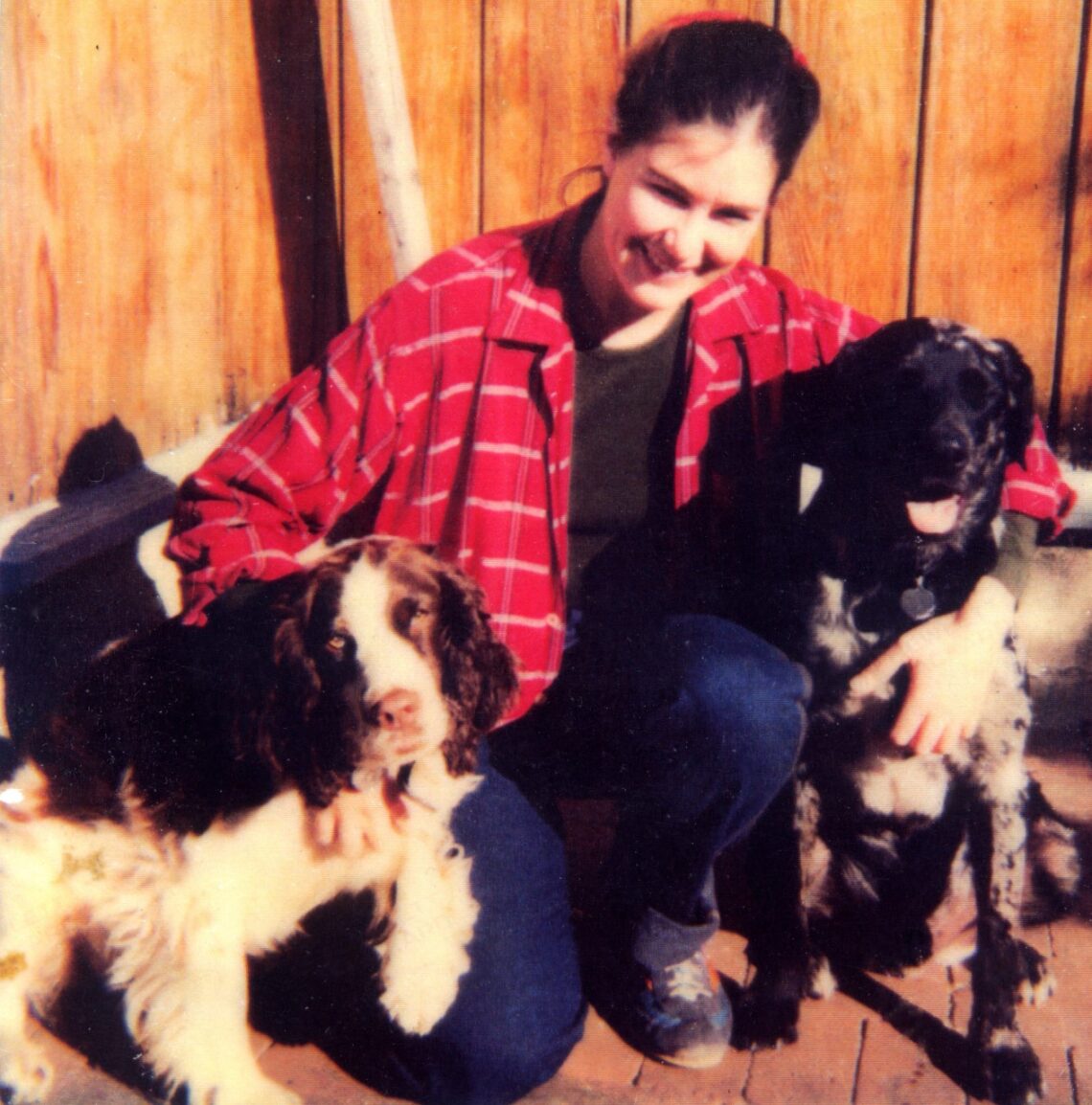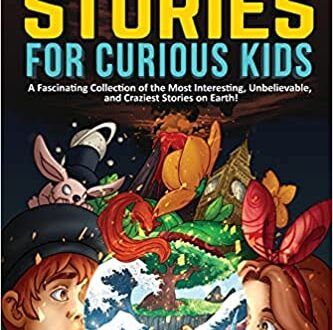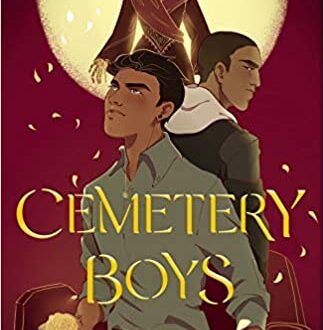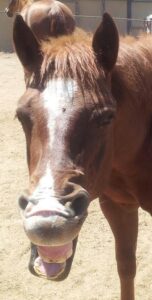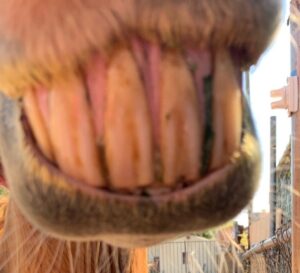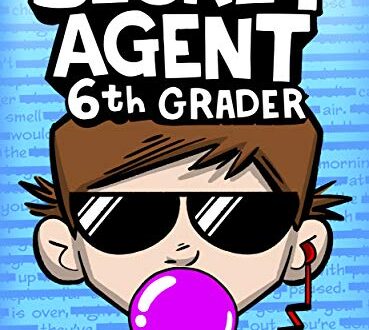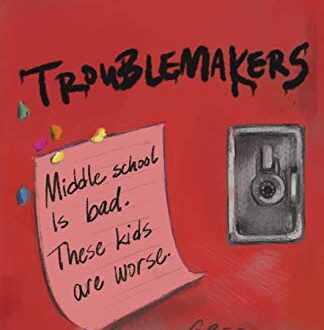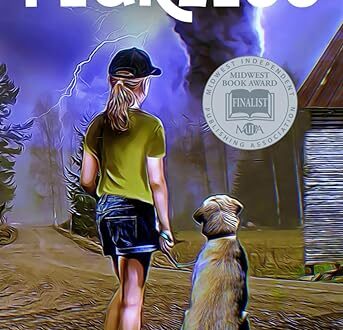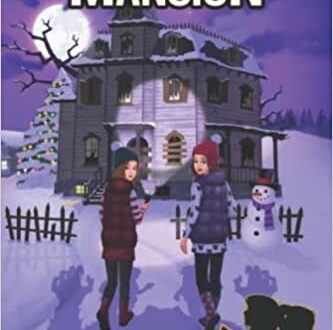-
How Buster Came To Live With Us
The Buster the Very Shy Dog series was inspired by my real pets and their relationships with one another. Not all of my pets have been book-worthy, but I have had a number of dogs and cats with big personalities.
I already had one dog and four cats when I went across the street to visit the neighbor dog’s litter of puppies. I had no intention of bringing one home. At the bottom of the pile of scrabbling furballs was a small, shy, tailless puppy that took my heart. But how would my other pets treat him? I asked my neighbor if I could take the little puppy home for a minute to see how he would fit in to the household. She had eight puppies to give away and was more than happy to allow it.
I plunked the puppy down in the middle of the livingroom. He seemed relieved to have a break from his siblings climbing all over him. The cats circled him and left, apparently deciding that since he was smaller than they were, he posed no threat. Phoebe sniffed him thoroughly while he watched her with admiring eyes. She strolled back into the kitchen with a glint in her eye. No doubt, she was ready to relish the role of big sister and was already thinking of ways to trick him into doing what she wanted. He had been accepted into the family. I named him Buster, after Buster Keaton, my favorite actor.
Even when he grew up to be bigger than all of them put together, Phoebe and the cats always bossed him around. I think Buster still felt like the tiny puppy he was when he first arrived.
-
Long in the Tooth
Did you ever wonder where the saying “long in the tooth” originated?
Why, from horses of course!
Horses are born with baby teeth, just like us, which usually fall out by the time horses are five years old. After that, their incisor teeth grow in length as they age—the older the horse, the longer their teeth.
Back in the day, many horses didn’t have registration papers that recorded their date of birth, so horse traders judged a horse’s age by the length of their teeth. Thus, there’s another saying—“Don’t look a gift horse in the mouth,” meaning, if someone gives you a gift, be grateful and don’t examine it too closely.
There’s some great information on the internet about dental care for horses. Do horses have dentists? They sure do!
Here’s some photos to help see the difference.
1. JJ displaying his baby teeth at around nine months old.

2. JJ’s teeth at age 7 years.

3. Cappy’s teeth at 20 years.

-
Your Secret Talent
Did you know that everybody has a very special secret talent? And that is that everyone is born a storyteller – a book whisker. Some people figure this out for themselves. But others need a little reminder that they have this talent.
“But,” you say. “Nothing interesting ever happens to me.”
Sure it does. You just need to turn on your writing radar and put on your writer’s cap.
People are always doing and saying interesting things all around you. You just need to pay attention.
To help you discover your secret talent as a writer here are four tips to help you become a real life book whisker:
- Every story is about someone or something who wants something. They are the hero – or protagonist – of the story. What they want is known as the goal. But something or someone – the villain – doesn’t want them to reach their goal and this creates conflict. Conflict is what moves the story forward.
- To start a story ask yourself the following questions:
- What happened to start the story?
- Then what happened?
- What did the villain do to try and stop the hero?
- How did the hero defeat the villain?
- How did the hero feel and act throughout the story?
- Pay attention to how and what people say in your story – this helps you create snappy dialogue.
- The most important thing to remember about writing a story is this – always, always believe in yourself and your writing.
-
Hello Fellow Book Lovers
Some people think you have to choose your favorite way of reading. Some say a “real” book, that is, one you can hold in your hands is best. Others think a digital book, one you can read on your phone or pad or computer, is best. I’m here to say, “Why not both?”
Stories, after all, are magical creatures that jump from a writer’s mind into you, the reader’s, mind. How they make that jump doesn’t matter so much.
But I do have say, I have always loved the texture and smell of a real book. I love old, musty ones and new crisp ones. I love the covers and the heft of them. I recently discovered a way to make my own tiny book, and I want to show you how. I’ll do it like a recipe for a tasty dish!
Ingredients:
1 piece of regular paper 8.5” x 11”
1 pair of scissors
Coloring pens, markers, crayons
Your writer’s brain
Method:
Fold your piece of paper like this:

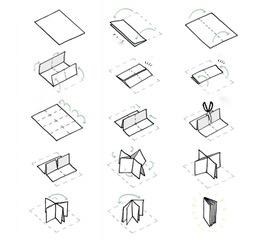
Now you can draw pictures in your book, create a story, send a message to your friend, use a secret code, or even write a real recipe for your favorite food. You can make a whole bunch of little books about different animals or games or flowers. The most important ingredient is your imagination!
